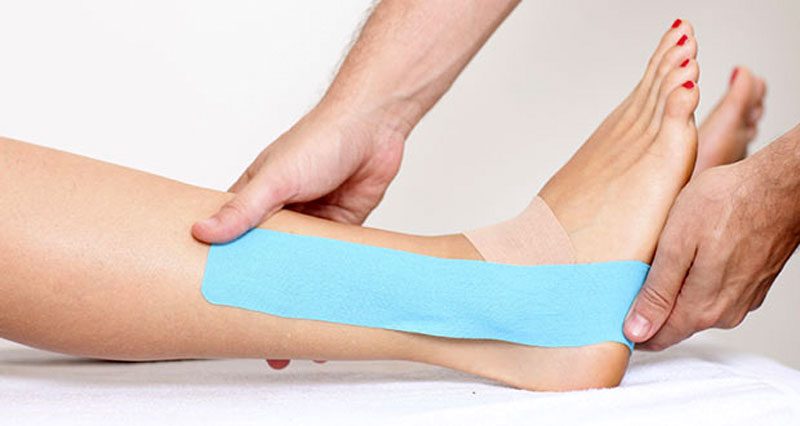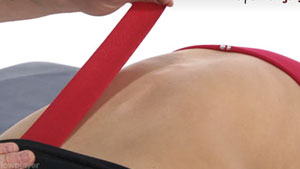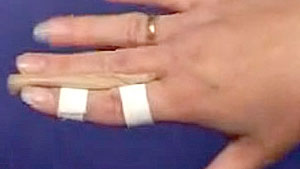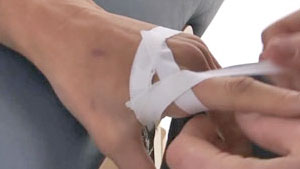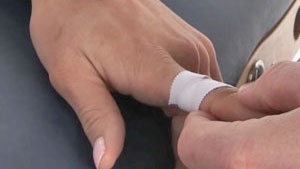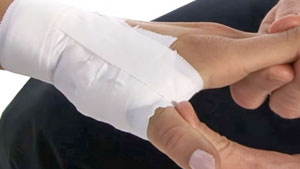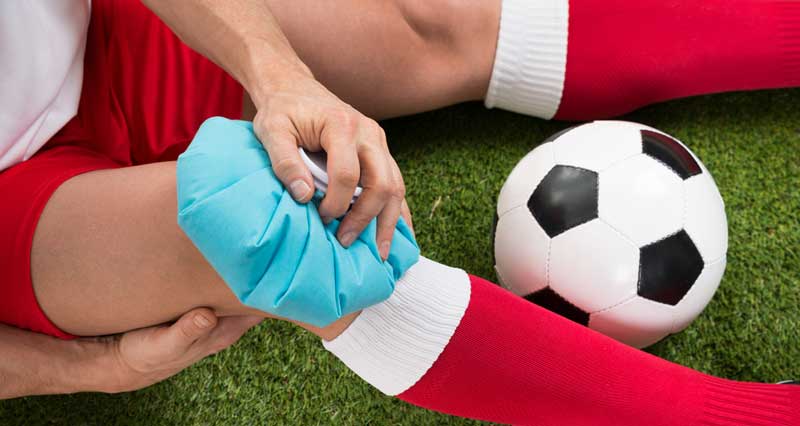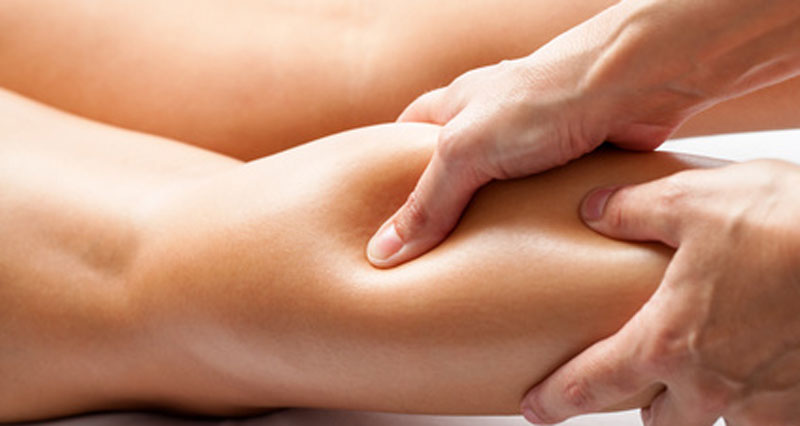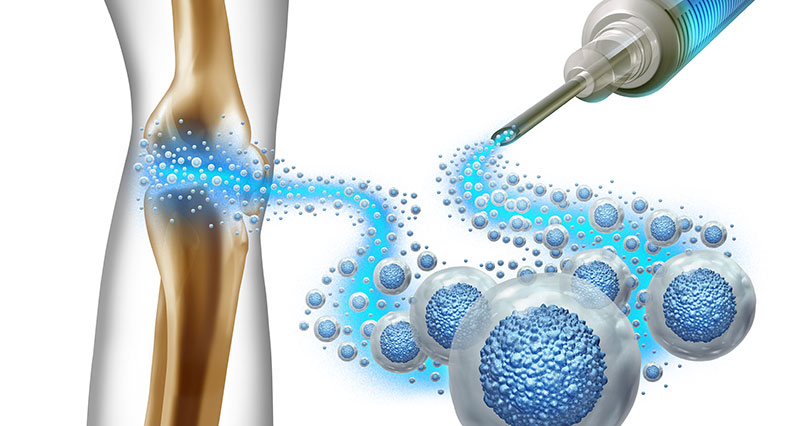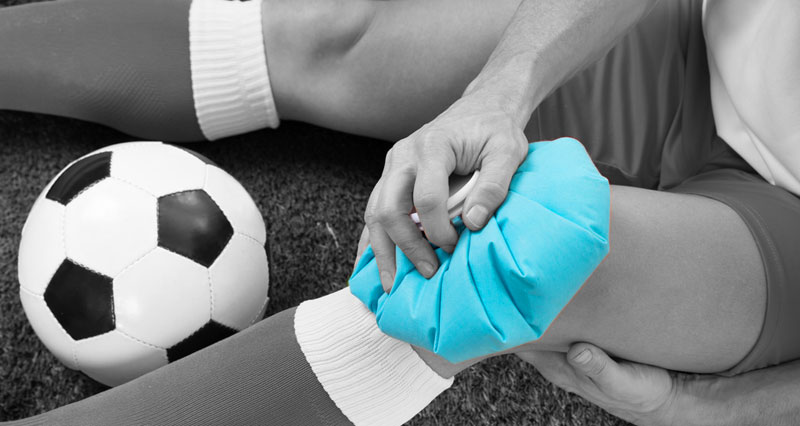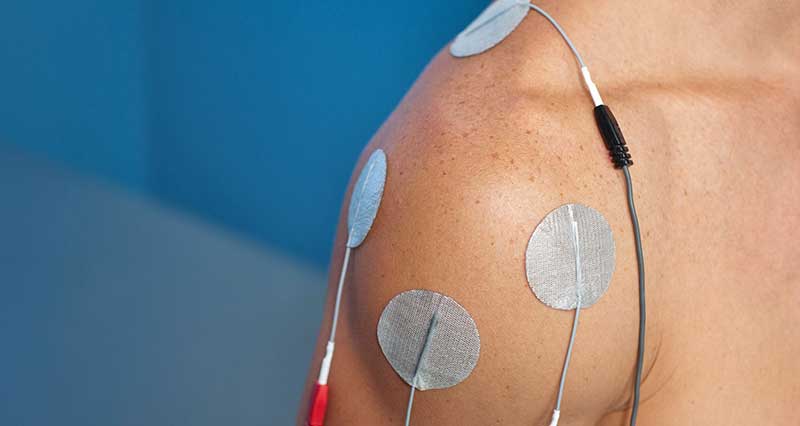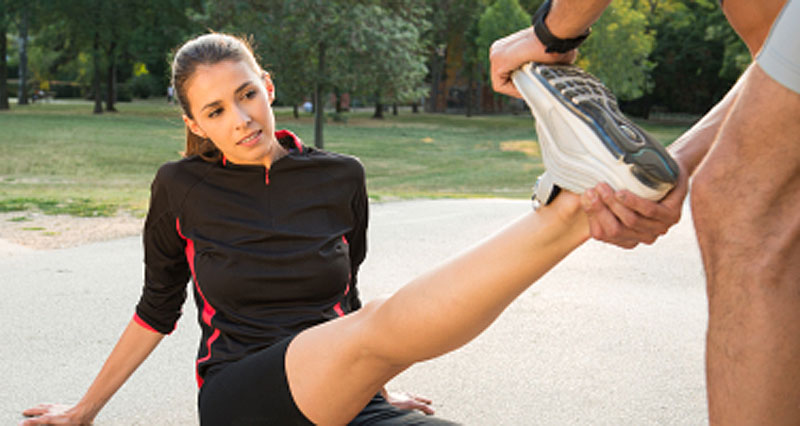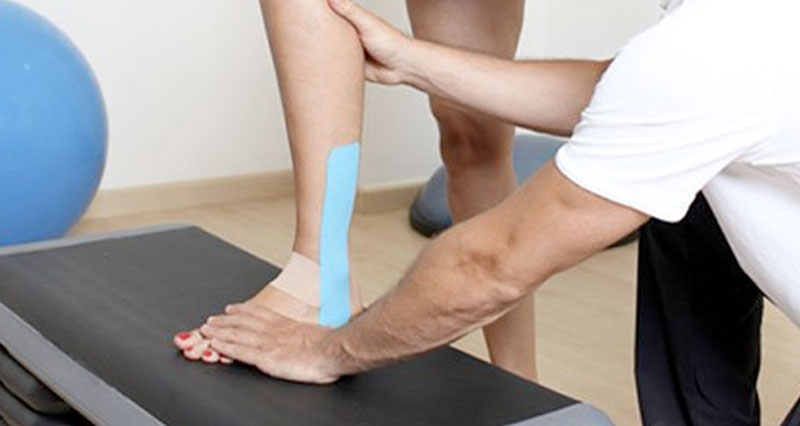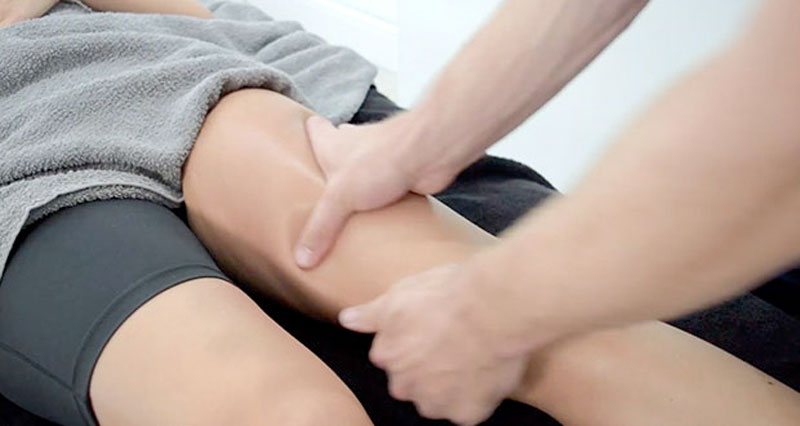Sports taping techniques or applying sports tape to support weak or injured joints are often used in sports rehabilitation. We have a number of sports strapping and taping tutorial videos to help with treating common injuries.
Select sports taping by body area:
Foot & ankle Taping
Plantar Fasciitis
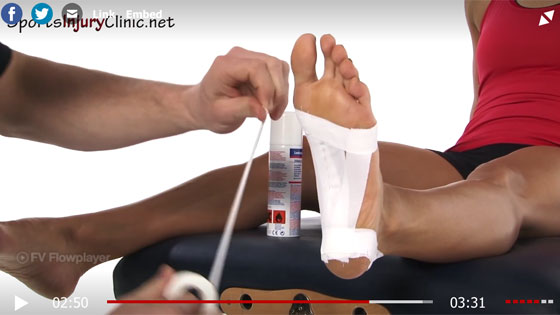
Plantar fasciitis taping is excellent for relieving pain under the heel from Plantar fasciitis or from a plantar fascia strain. It works by supporting the arch of the foot and unloading some of the strain on the plantar fascia allowing the tissues to heal.
Ankle Sprain
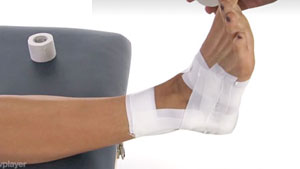
Ankle taping is used to protect a sprained ankle following injury, as well as offer support and give the athlete confidence during rehabilitation. There are many ways to tape for ankle sprains depending on the situation and state of injury.
Turf Toe
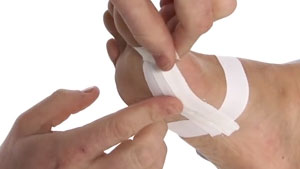
Turf toe is a sprain of the joint at the base of the big toe (MTP joint or metatarsophalangeal joint) caused when the toe is bent upwards too far. The aim of sports taping is to protect the joint by preventing the painful range of movement at the injured joint.
Achilles tendon
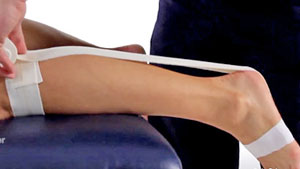
A simple Achilles tendon taping technique can be used to take the strain off a painful Achilles Tendon, allowing it to rest more easily, especially, if you have to be on your feet.
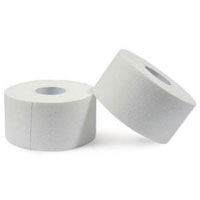
Zinc Ocide Sports Tape
Shin & Calf Taping
Shin Splints Taping
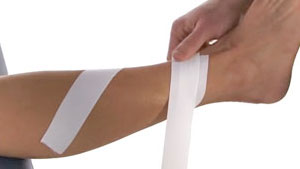
A simple sports taping technique can instantly relieve shin pain located on the inside lower part of the shin. It provides support for the muscles of the lower leg by pulling the soft tissues towards the bone.
Anterior compartment syndrome
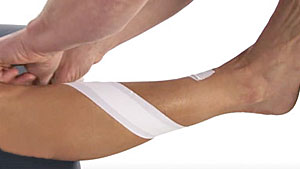
This is virtually identical to the shin splints taping technique for pain on the inside of the shin only the tape goes the opposite way round to support the outside of the shin.
Knee taping
ACL sprain
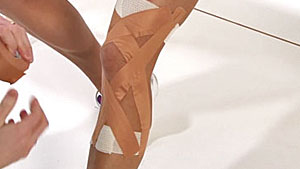
The aim of anterior cruciate ligament injury taping (ACL) is to support and protect the knee following an injury to the ACL, especially, if the athlete has an unstable knee or laxity in the joint. Tape provides support and may also be useful to protect the area when gradually returning to full fitness.
Medial Knee Ligament Sprain
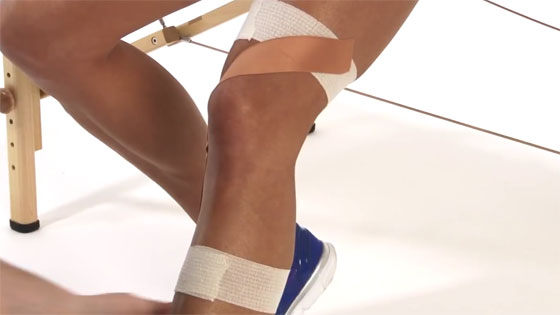
MCL sprain taping provides support and protection to the medial ligaments on the inside of the knee. It is similar to other knee joint taping but with additional support on the inside.
Posterior Cruciate Ligament Sprain
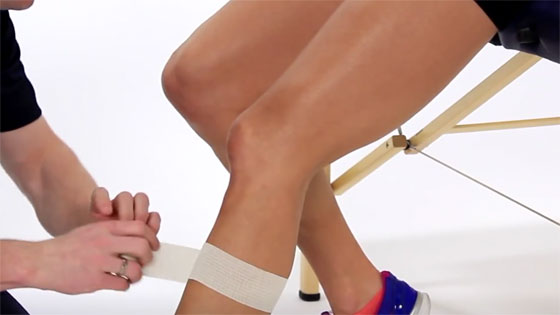
Taping to support the posterior cruciate ligament, which is placed at the back of the knee. It is a general knee-taping technique that will help relieve knee pain for many of these similar injuries.
Patellofemoral Pain Syndrome
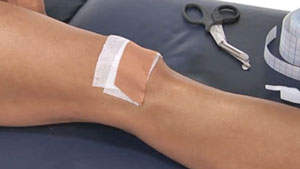
Taping to control the position of the patella. By taping, you are encouraging the patella to adjust to a more comfortable position. The patella can be tilted in various directions, so it’s important to identify which way hurts so that you know how to apply tape.
Osgood Schlatter Disease
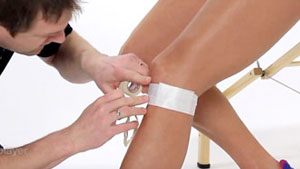
This is identical to jumper’s knee taping for the patella tendon. It is a great way to relieve symptoms and help the athlete in their transition from injury back to normal function.
Jumper’s knee
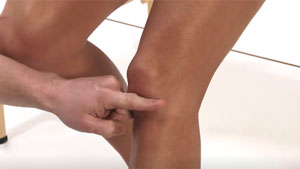
A simple knee-taping technique that is used in the treatment of patella tendon injuries. It works by compressing the tendon to change the direction forces are transmitted.
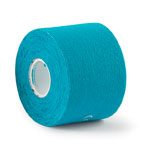
Buy Kinesiology Tape
Thigh & Groin Taping
Hamstring Strain Kinesiology Taping
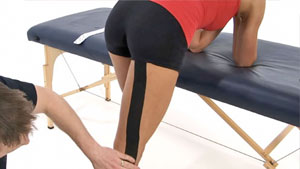
Kinesiology taping (K-Taping) to aid healing and rehabilitation of hamstring strains.
Groin Strain
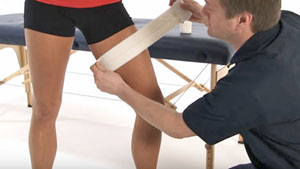
Groin injury support strapping or wrap that provides support and protection to the groin area following a groin strain or similar injury.

EAB Tape
Back & Shoulder
AC Joint Sprain taping
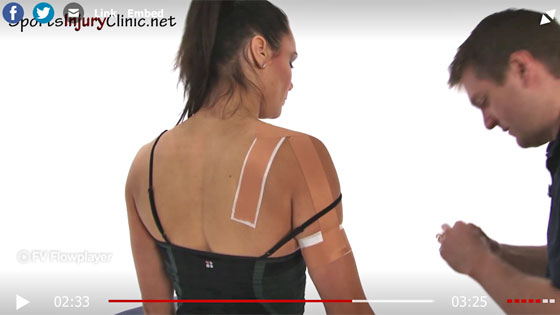
Acromioclavicular joint taping supports the joint, aid healing, and prevent long-term deformity of the shoulder.
Wrist & Hand Taping
Introduction to Wrist Taping
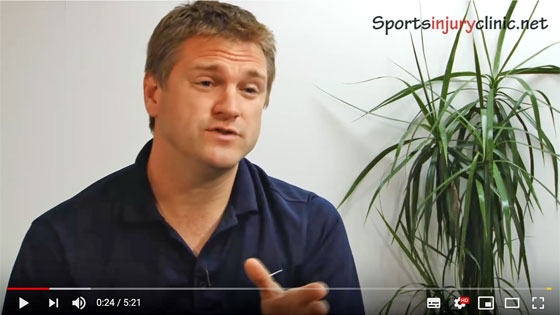
Sports physiotherapy consultant Neal Reynolds explains the principles of wrist taping.
Quick Wrist Taping Technique
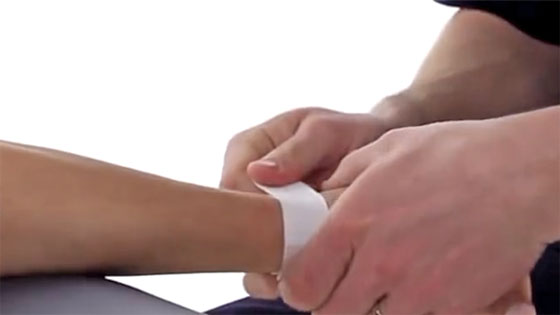
A wrist-taping technique for generalized wrist pain, if you’ve sprained your wrist and you want something quick and easy.
Principles of Sport Taping
Sports taping techniques all follow the same basic principles. It is important to understand the specific movement that needs to be restricted and the anatomy of the joint involved.
Anchor points are applied so that support strips have a fixed point to attach to. If the anchor points go around muscle then they will need to be applied with elastic tape to allow expansion of muscles as blood flow during exercise increases.
Supporting strips of tape will usually need to be nonstretch tape to give the support required, however, Achilles tendon taping is one exception as anchors which go around muscle need to have some stretch to allow for expansion of the muscle as it fills with blood during exercise.
